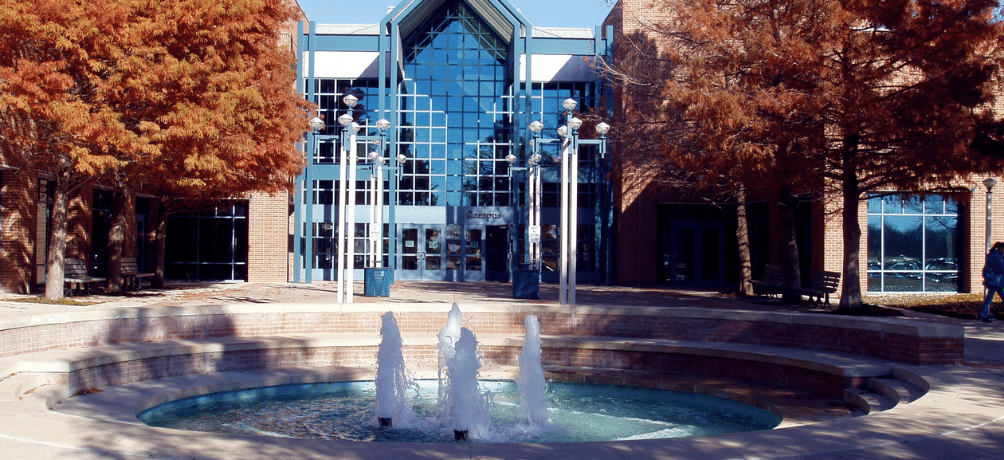Visiting Colleges and What to Look For
By Huntington Learning Center
There are many reasons it’s worth your and your student’s time to visit a college:
- To see the campus and amenities firsthand – It’s hard to argue that seeing a college or university in person can greatly influence a student’s college decision. This gives you and your student an opportunity to check out everything, from the classrooms to the dorms, and picture themselves as a current student. That gut feeling isn’t everything, but it is important.
- To see the town or city – Your student will spend most of their time on campus, but it’s good to get to know the town or city the college is in too. If your student has always dreamed of going to college in a big, bustling city but you’re from a smaller town, spending at least a few days in that city is wise. Many college freshmen go to college without a car, so you should get a feel for the walkability of the town/city, amenities near campus like grocery and convenience stores, and the public transportation offerings.
- To show the school you’re interested – Touring a college campus demonstrates your interest in that school, which is actually something many institutions consider when evaluating potential applicants. College visits—along with things like emails to admissions departments and attending events in your city or state—tell admission officers that your student has engaged with the college. This is valuable for them because it provides a sense of how likely your student is to accept admission if offered.
- To get questions answered – You and your student can learn a lot from a college’s website, but other questions will definitely come up the further your student gets into the process. College visits are ideal for this. Campus tours led by current students are a great opportunity for you both to ask about student life, residence hall life, what led those students to choose the college, and what they like about it (pros/cons). Informational sessions with professors and staff are where you and your student can ask about class sizes and majors/areas of study.
Types of College Visits
Once your student has an idea of their top several colleges, plan some visits. The summer before senior year is a great time for this, as is spring break of junior year or even earlier. There are several types of college visits you and your student can take:
- In-person, student-led walking tours – As mentioned, current students often lead these tours, which offers a chance for your student to hear from a peer and ask questions.
- Open houses and information sessions – These are often paired with student-led walking tours. Admissions officers or other staff delve into everything you need to know about the admissions process.
- Self-guided tours – Many colleges and universities have apps that you can download on your smartphone to explore campus on your own if you do not have a scheduled tour reserved. Others have handheld devices with pre-recorded playlists to play while you stroll around the campus and student spaces.
- Virtual campus tours – It’s not always feasible to visit a college or university in person. Virtual tours are a great alternative, and usually cover much of the same information as an in-person tour: history, general information and highlights of the student experience.
Last Tip: Take Notes!
Once you and your student finish a tour, make sure to have them write down a few notes about their impressions, likes and dislikes. It’s easy for campus visits to start running together, so you’ll want these insights on hand later when your student starts narrowing down options.
The college visit is an excellent way for your student to get a feel for some of their top schools of interest. Plan ahead by looking at the college or university website to learn about the tour options, how to schedule them and how far in advance you can reserve. Tours can be both informational and exciting—and they can help your student make an informed college decision.

